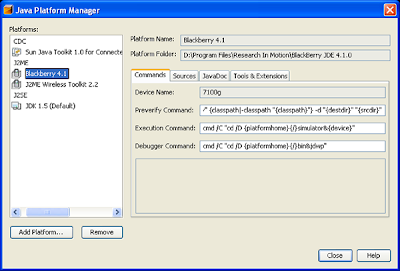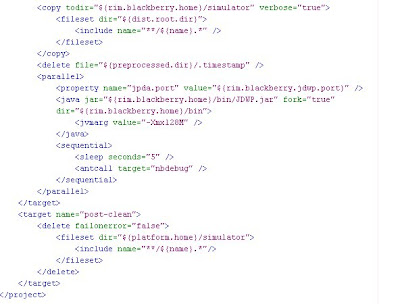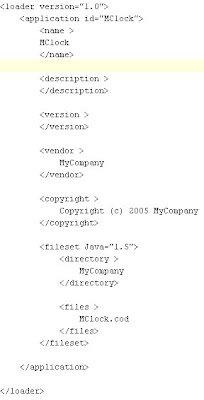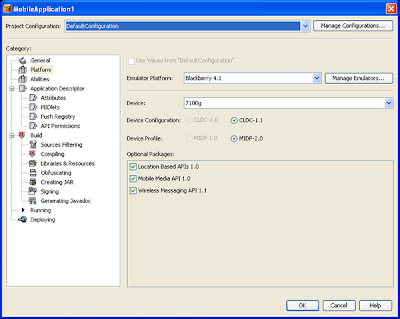
Rajnikanth in 3D animation film
3.Enhanced Reliability
ASP.NET ensures that your application is always available to your users.
Android is a software stack for mobile devices that includes an operating system, middleware and key applications. This early look at the Android SDK provides the tools and APIs necessary to begin developing applications on the Android platform using the Java programming language.
The following diagram shows the major components of the Android operating system. Each section is described in more detail below.
Android will ship with a set of core applications including an email client, SMS program, calendar, maps, browser, contacts, and others. All applications are written using the Java programming language.
Developers have full access to the same framework APIs used by the core applications. The application architecture is designed to simplify the reuse of components; any application can publish its capabilities and any other application may then make use of those capabilities (subject to security constraints enforced by the framework). This same mechanism allows components to be replaced by the user.
Underlying all applications is a set of services and systems, including:
For more details and a walkthrough of an application, see Writing an Android Application.
Android includes a set of C/C++ libraries used by various components of the Android system. These capabilities are exposed to developers through the Android application framework. Some of the core libraries are listed below:
Android includes a set of core libraries that provides most of the functionality available in the core libraries of the Java programming language.
Every Android application runs in its own process, with its own instance of the Dalvik virtual machine. Dalvik has been written so that a device can run multiple VMs efficiently. The Dalvik VM executes files in the Dalvik Executable (.dex) format which is optimized for minimal memory footprint. The VM is register-based, and runs classes compiled by a Java language compiler that have been transformed into the .dex format by the included "dx" tool.
The Dalvik VM relies on the Linux kernel for underlying functionality such as threading and low-level memory management.
Android relies on Linux version 2.6 for core system services such as security, memory management, process management, network stack, and driver model. The kernel also acts as an abstraction layer between the hardware and the rest of the software stack.
Before you begin, you need to install the following software on your computer:
To set up your NetBeans IDE for Blackberry development, you need to add the Blackberry JDE as a custom platform emulator because there are utilities distributed with the JDE that are not distributed with its emulators.
To do this, you perform three steps:
To begin, you must register the RIM Blackberry emulator using the Java Platform Manager:
C:\Program Files\Research In Motion\BlackBerry JDE 4.1.0). 7100g, 7100r, 7100t, 7100v, 7100x, 7250, 7290, 7520, cmd /C "cd /D {platformhome}{/}simulator&{device}" cmd /C "cd /D {platformhome}{/}bin&jdwp" net_rim_api.jar and click Remove. Click Next.net_rim_api.jar is not in the list, Click the Add button, and type in or navigate to C:\Program Files\Research In Motion\blackberry JDE 4.1.0\lib\net_rim_api.jar and click Open. C:\Program Files\Research In Motion\BlackBerry JDE 4.1.0\docs\api\. The Java Platform Manager should look like the following graphic:
Next, you create a project for your application:
MobileApplication2.build.xml file. Add this (below Image)fragment of code right before the tag at the bottom of the file.

net.rim.device.api.ui.UiApplication instead of standard MIDlets in your project, then:build.xml script above.
Now you're ready to set the default configuration to emulate a Blackberry device:

At this point, you are ready to write code, build, run, execute, and debug your MIDlet for the BlackBerry.
Note: Once you build your project and the emulator launches, you will need to scroll to the icon for your application, which will be on the main phone screen when the emulator comes up. You can use the arrow keys or click the scroll wheel on the emulator image to navigate to your application icon.

| Features | ||||||||||||||||
|